Monastery of Saint John of Tarouca
The Monastery of São João de Tarouca was the first of the Cistercian Order to be founded in Portugal in the 12th century. The monastic complex was greatly expanded in the 17th and 18th centuries with the construction of new buildings, including a colossal new two-storey dormitory, the only one in Portugal.
The monastery is located next to the River Varosa, as it was a condition of the Order that buildings be erected near watercourses.
After 1834, the church was converted into a parish church and the monastic buildings were sold at public auction and exploited as a quarry until the beginning of the 20th century. The dismantling for sale and reuse of the stone resulted in the total disappearance of the medieval buildings and the ruin of the later extensions.
Classified as a National Monument, the monastery complex has been part of the Varosa Valley Project since 2009, along with two other monuments (the Monastery of Santa Maria de Salzedas and the Convent of Santo António de Ferreirim), which has already enabled the refurbishment of the Monastery Church and, since 2013, the museumization of the ruins, the result of an exhaustive archaeological excavation that took place between 1998 and 2007.
A three-dimensional reconstruction of the monastery can be seen in the Casa da Tulha, the former monastic granary, which houses the site’s interpretive center.
The church was classified as a national monument in 1956 and the rest of the monastery was granted this status in 1978.

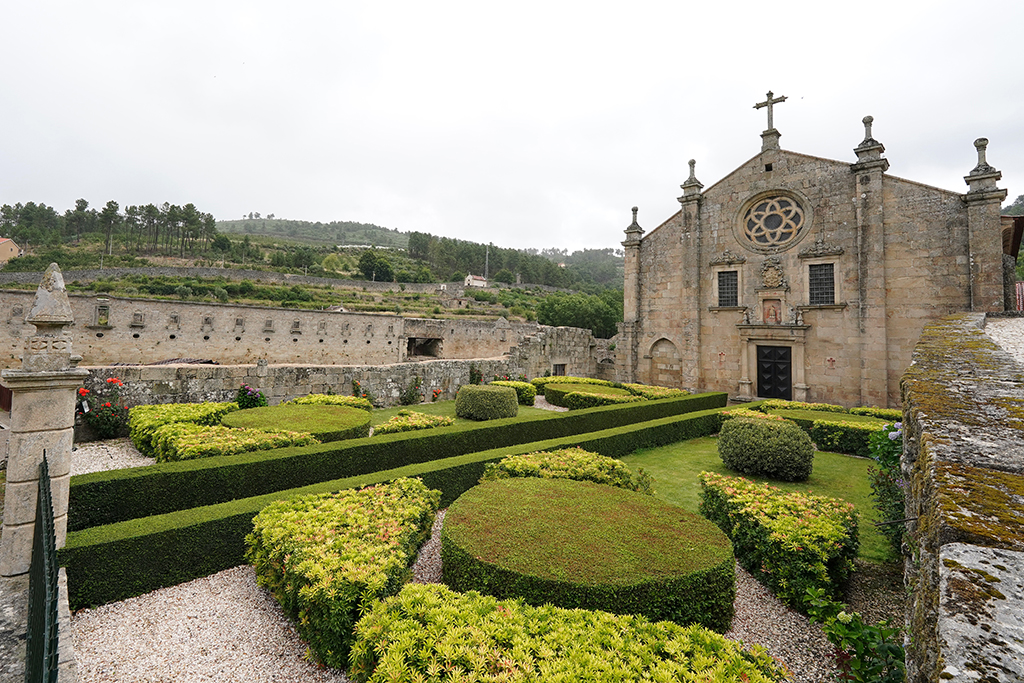
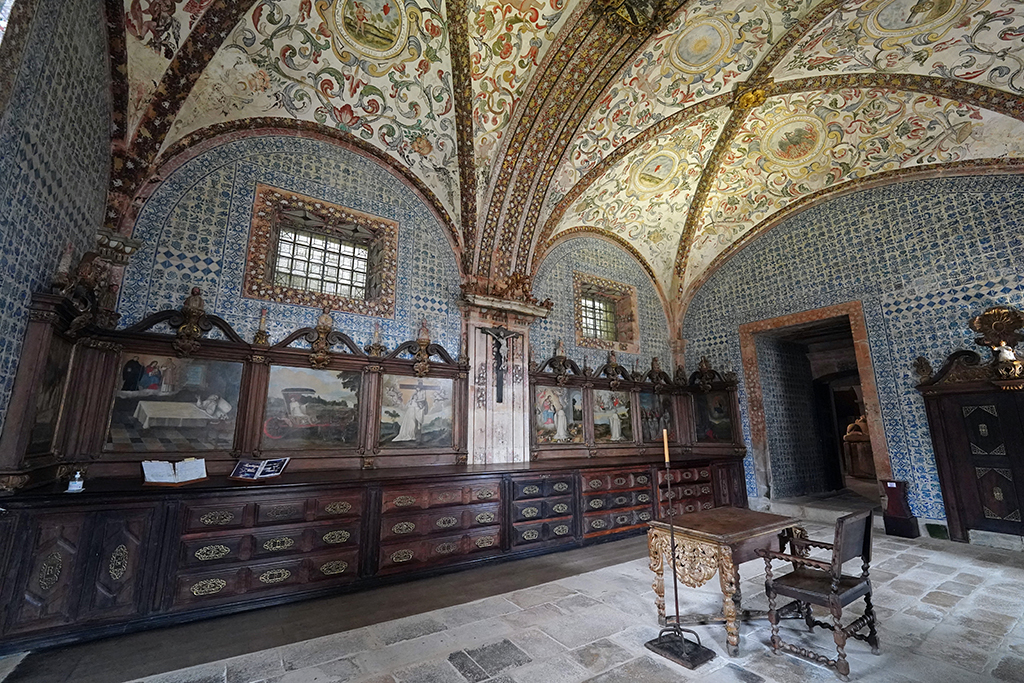
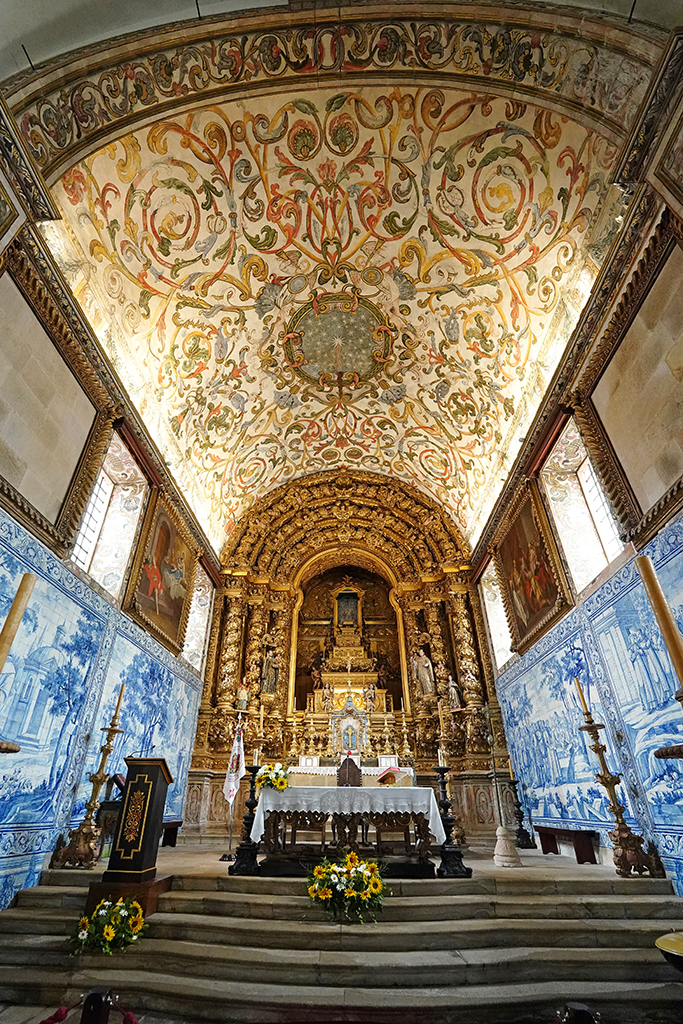

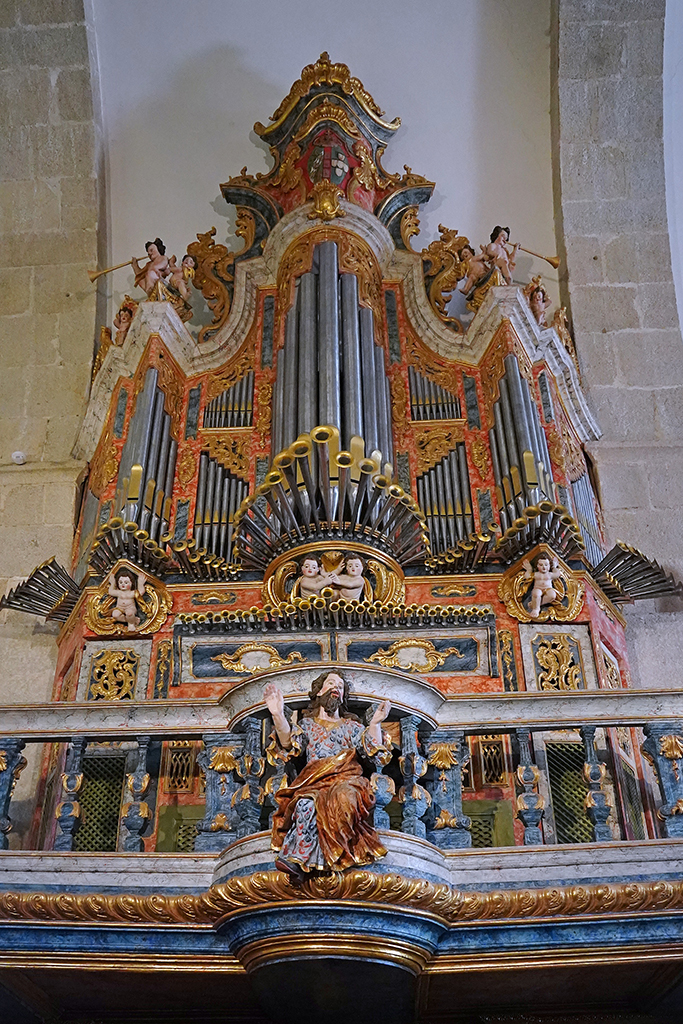
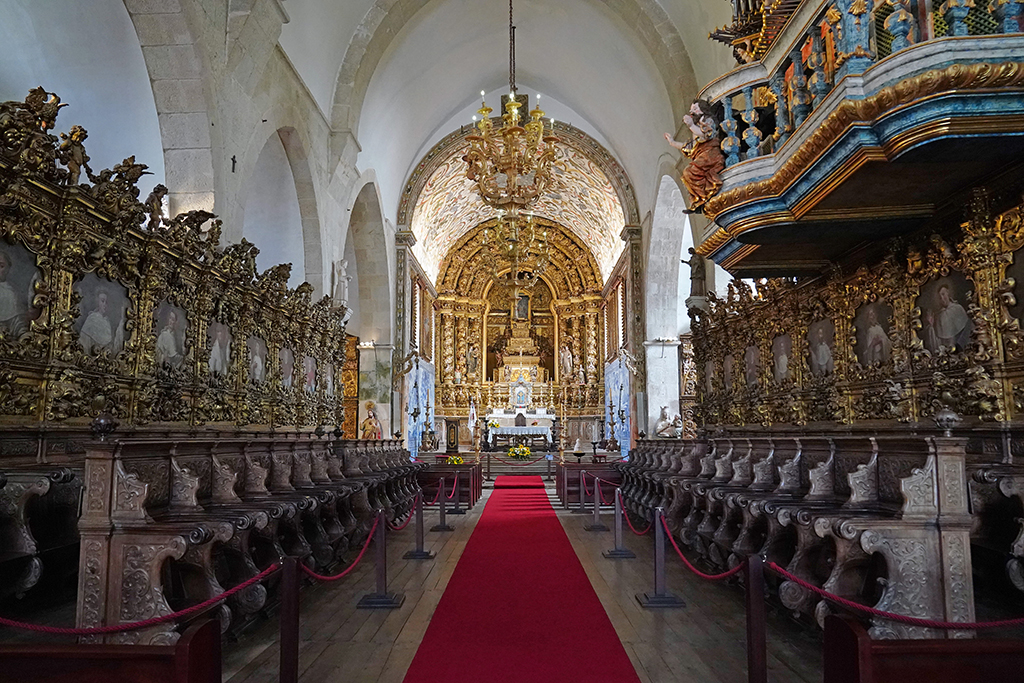

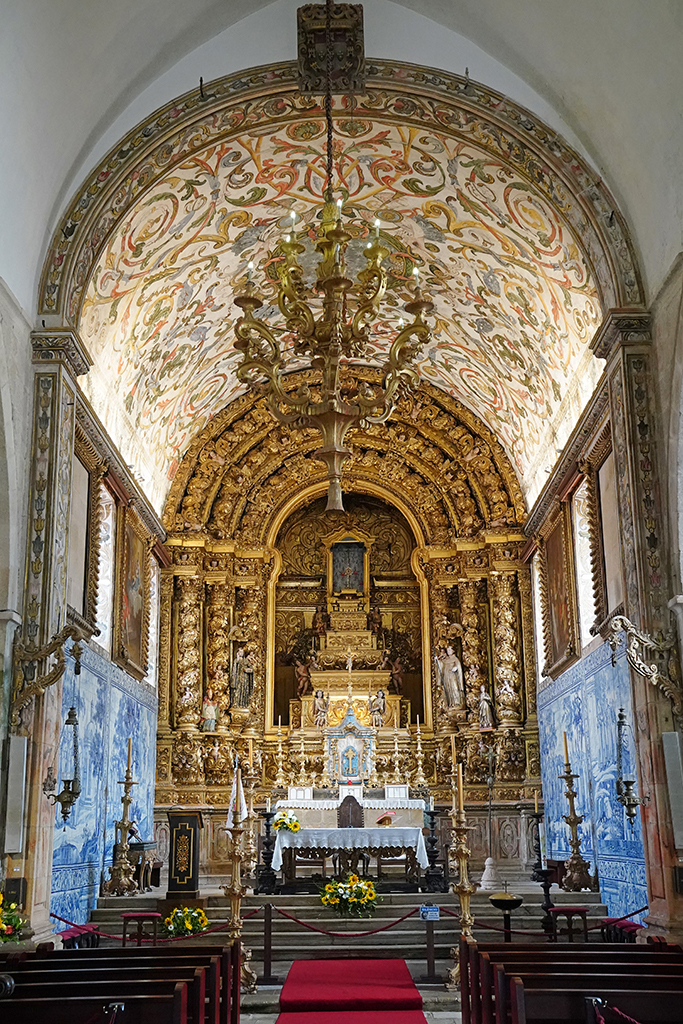
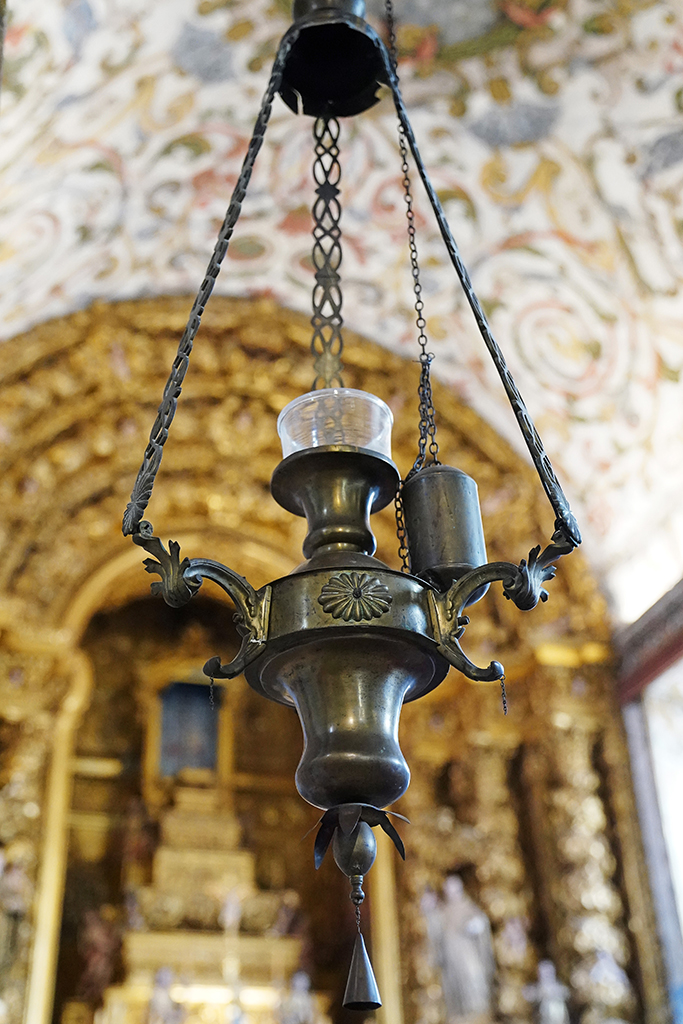
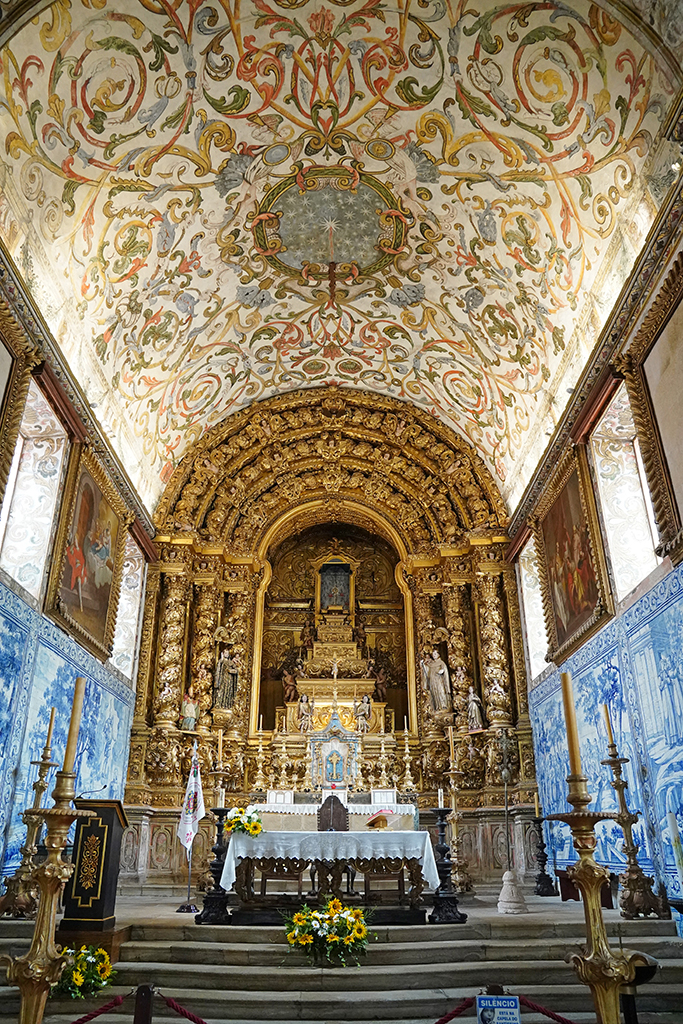
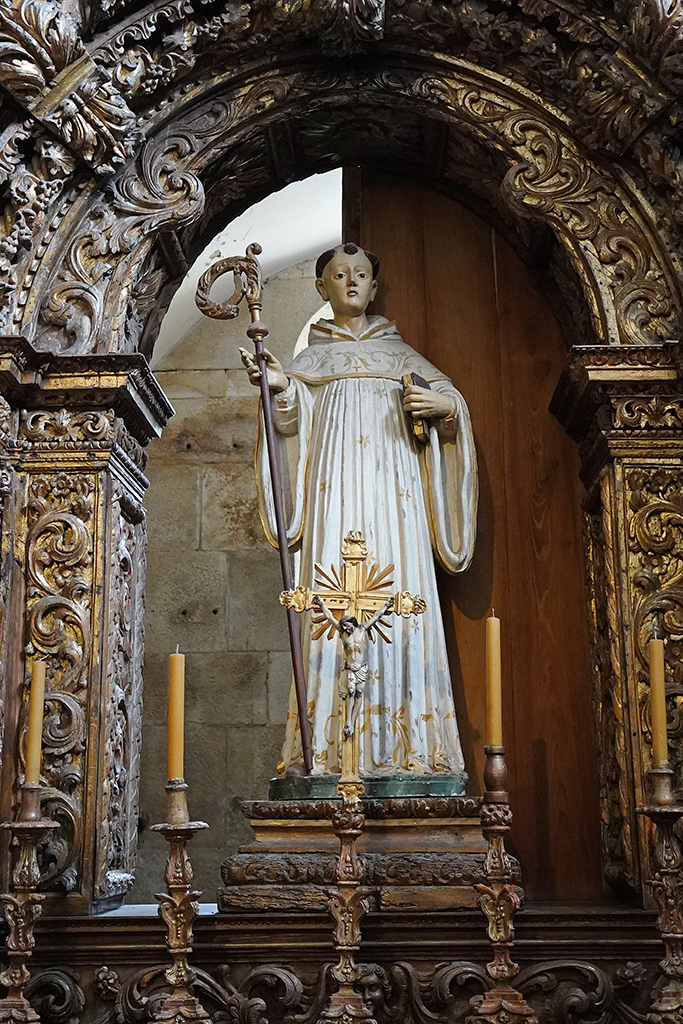
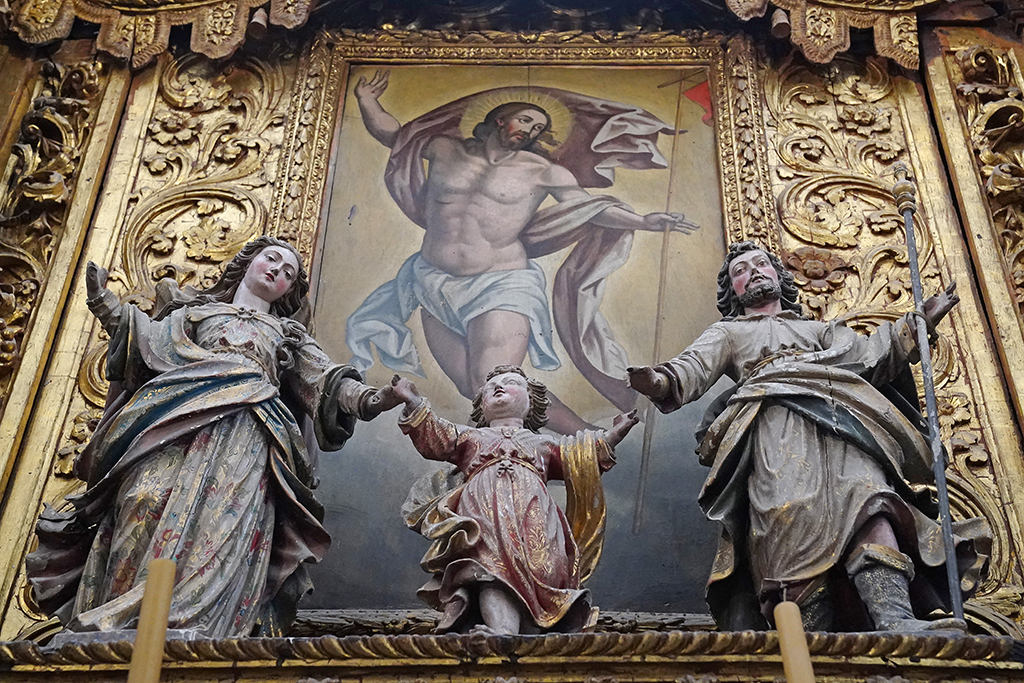
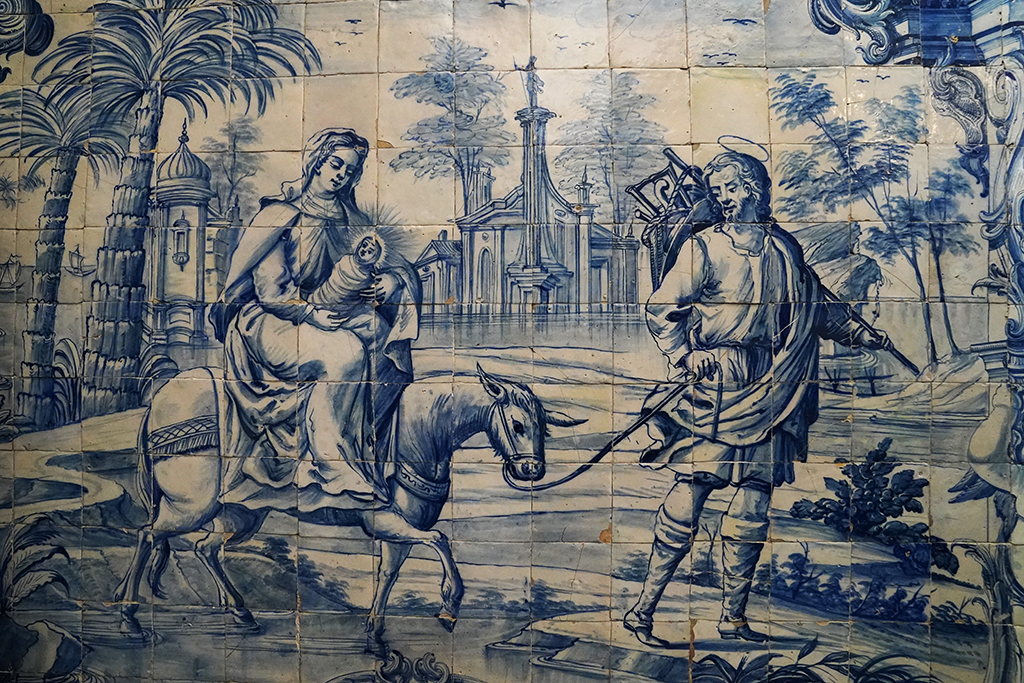

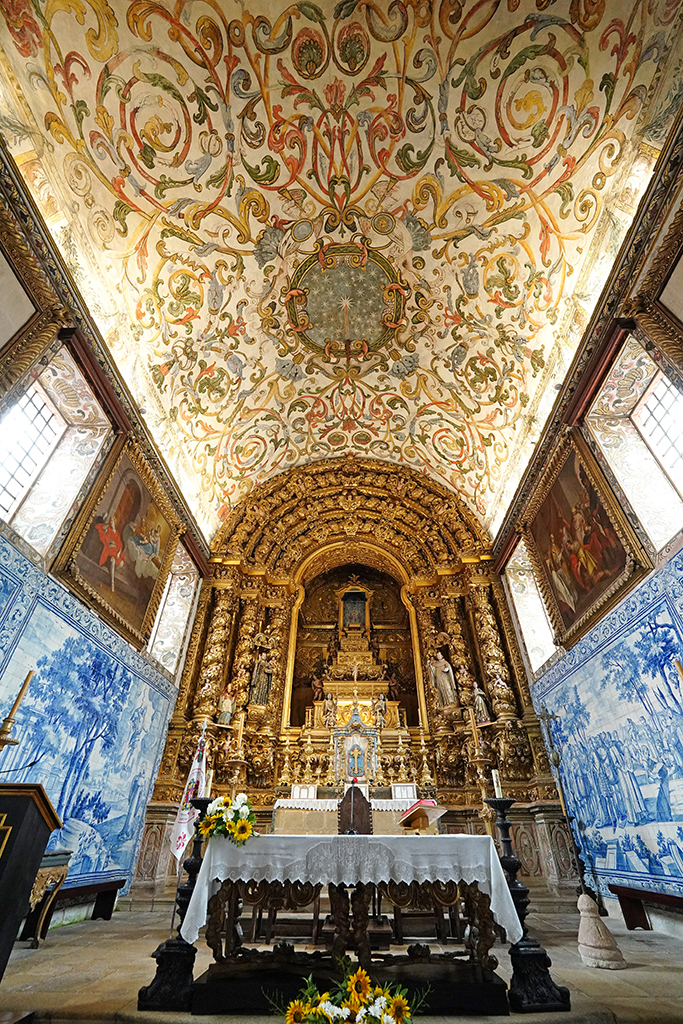
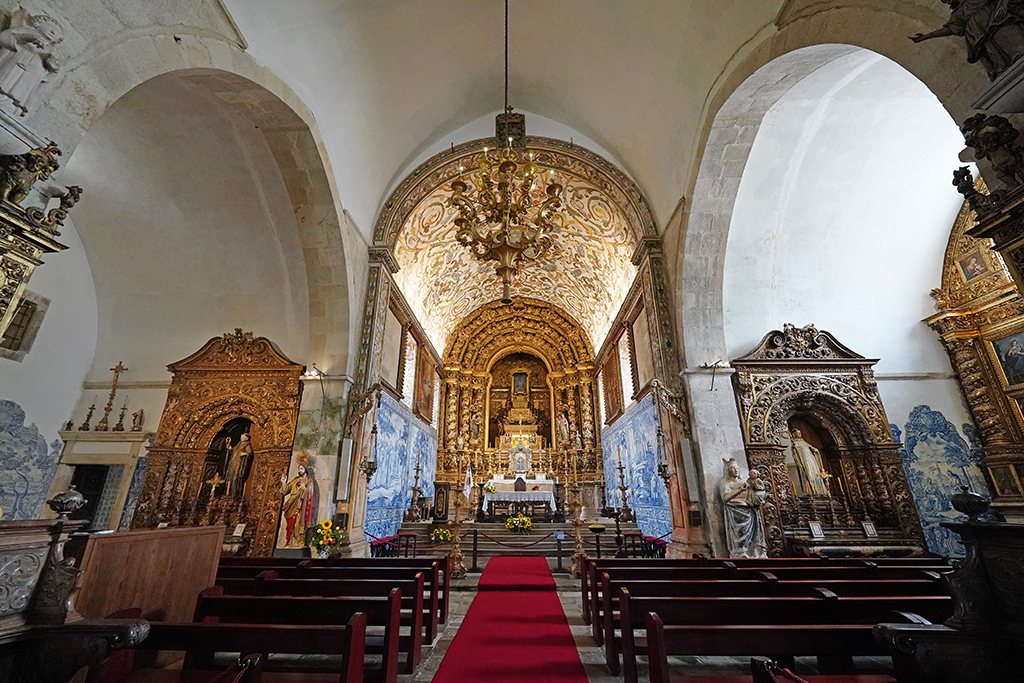
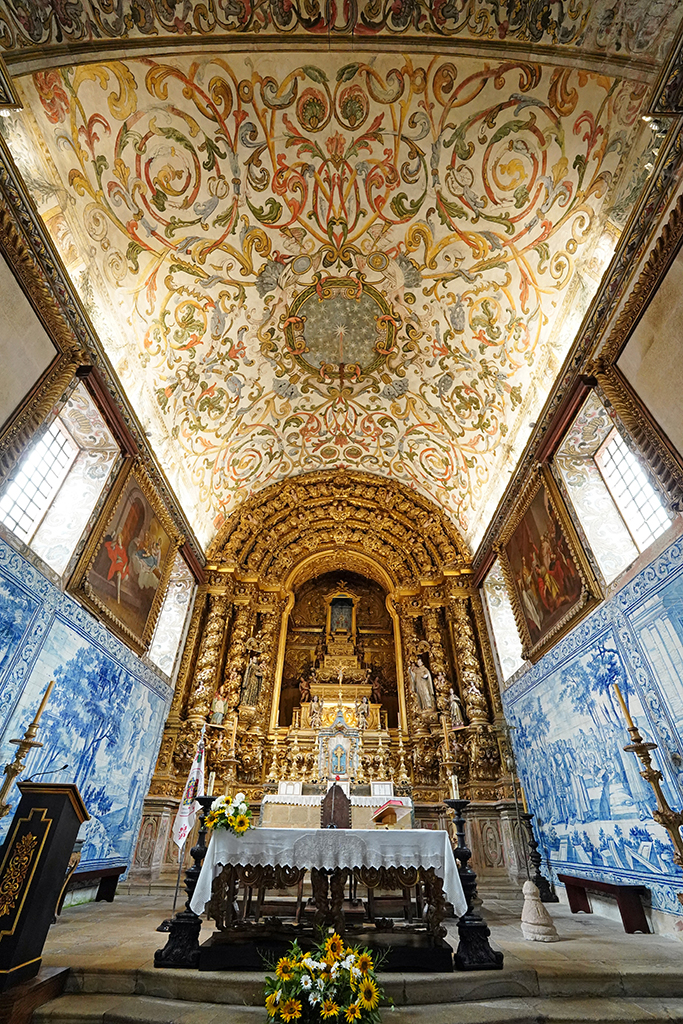
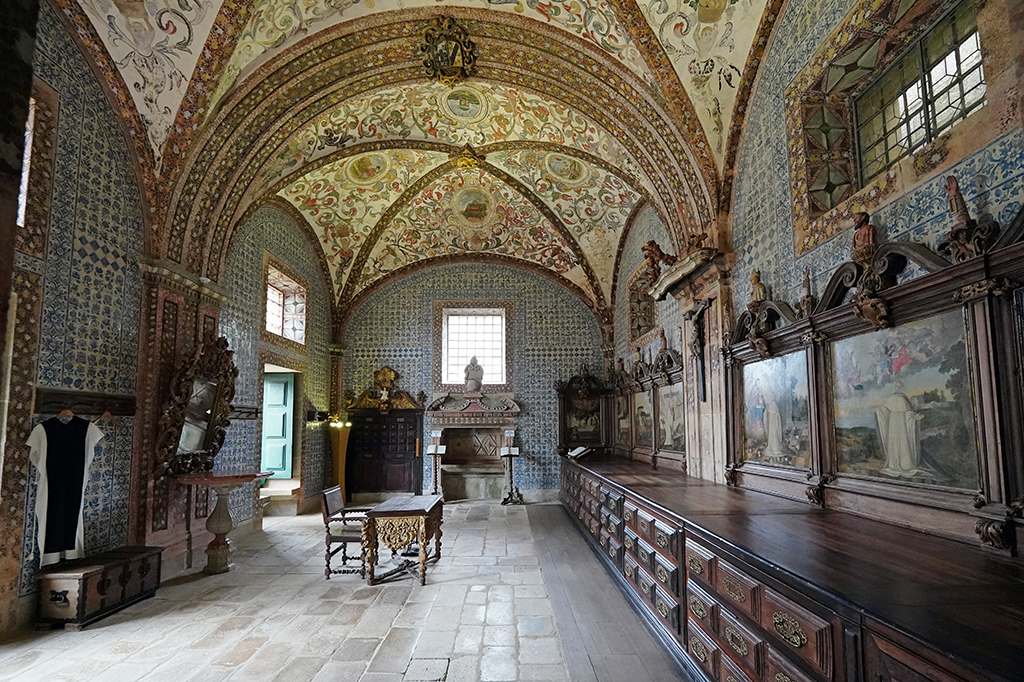
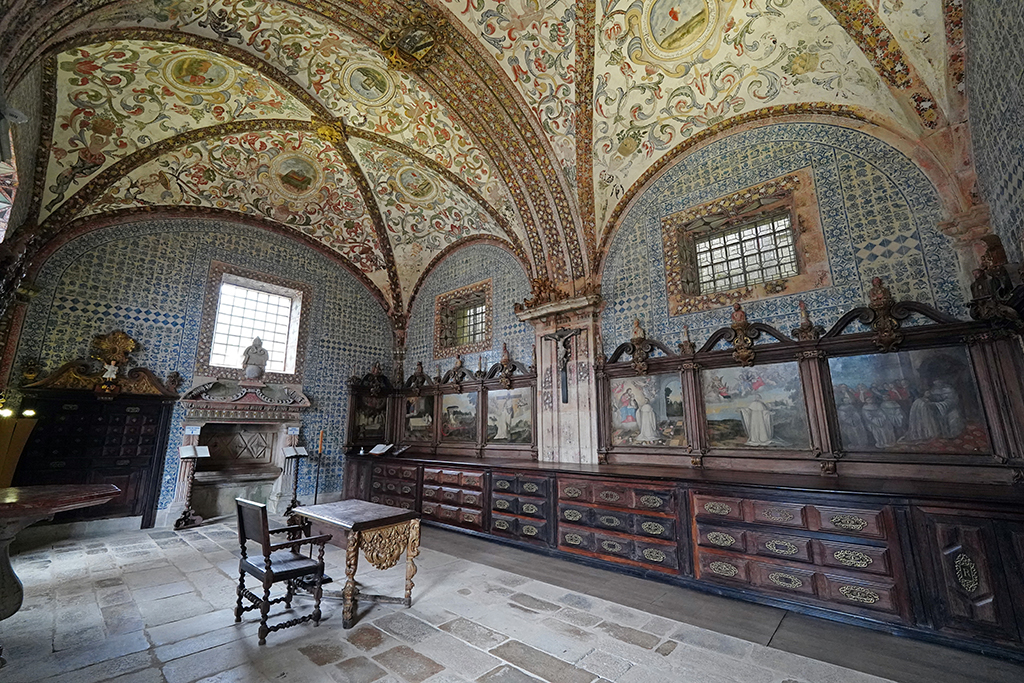
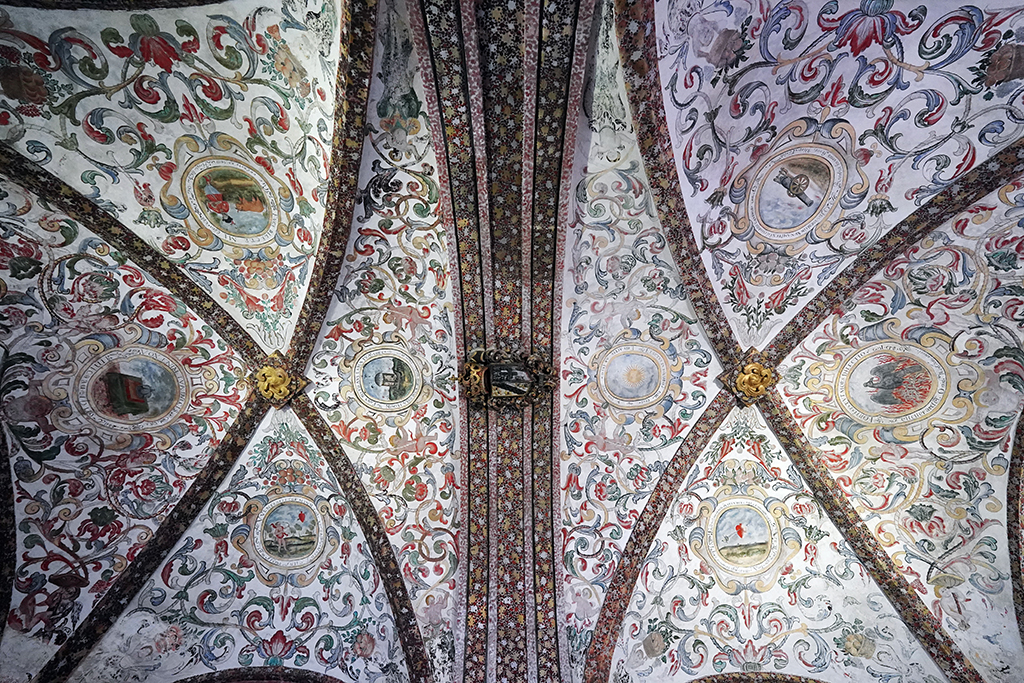
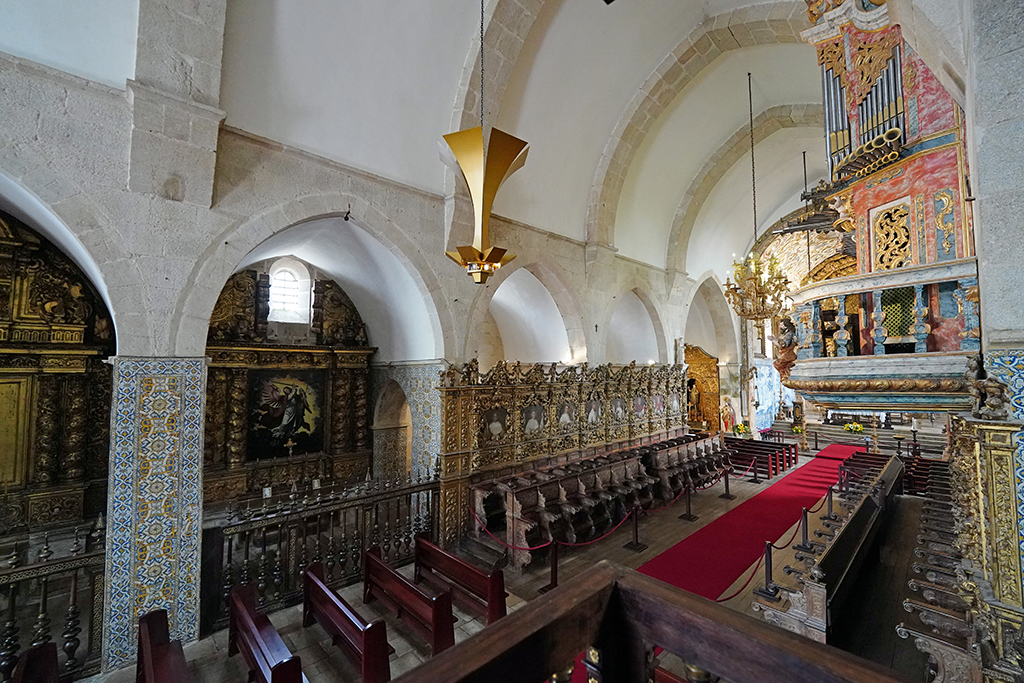
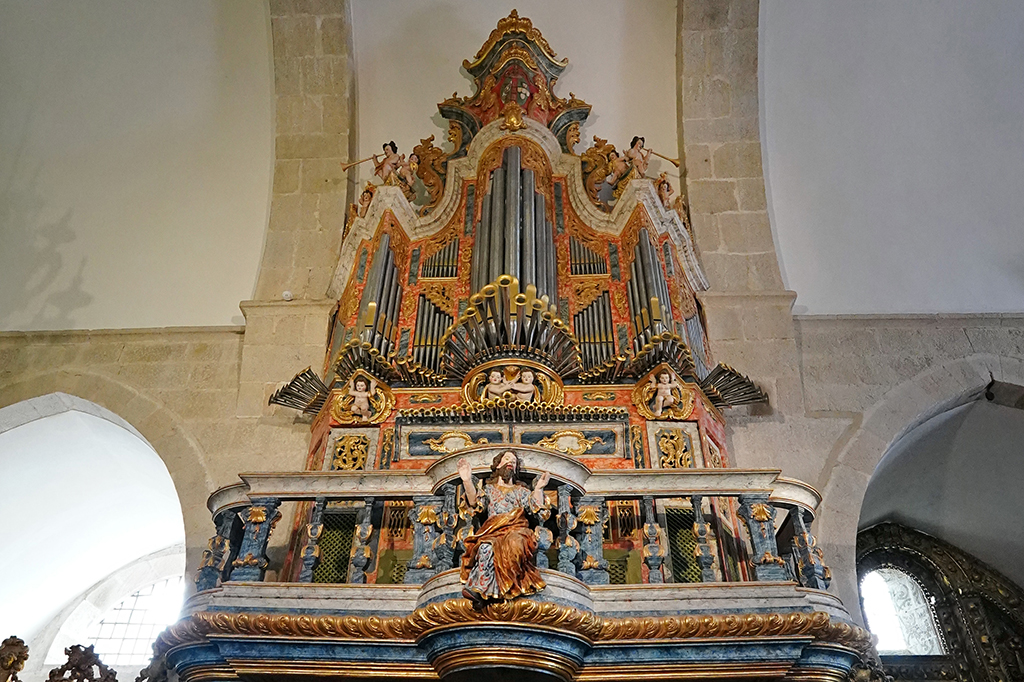
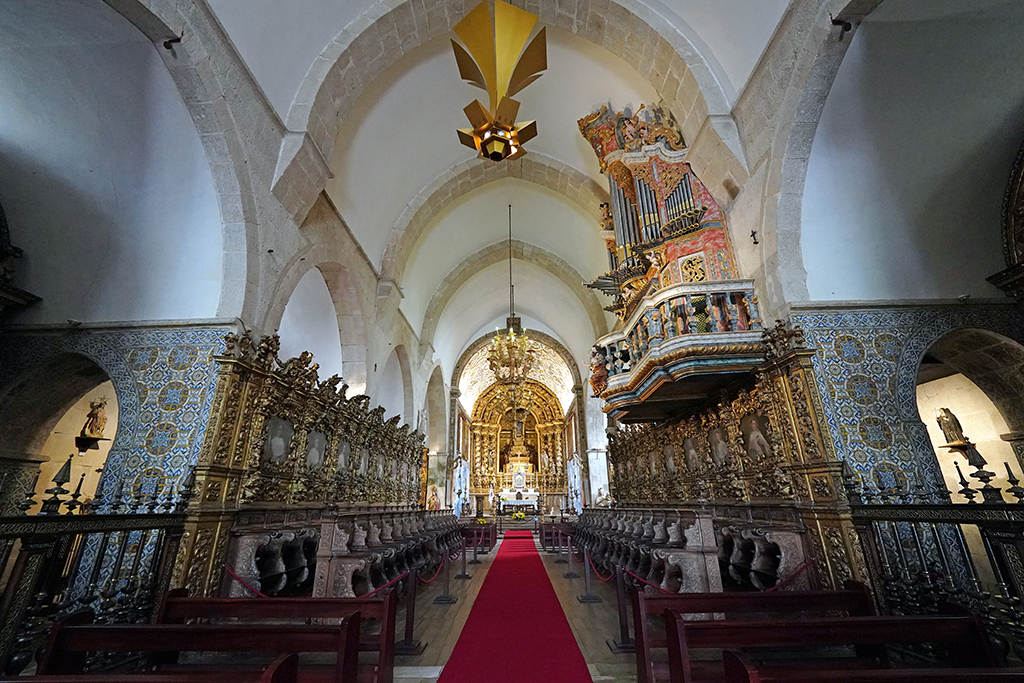
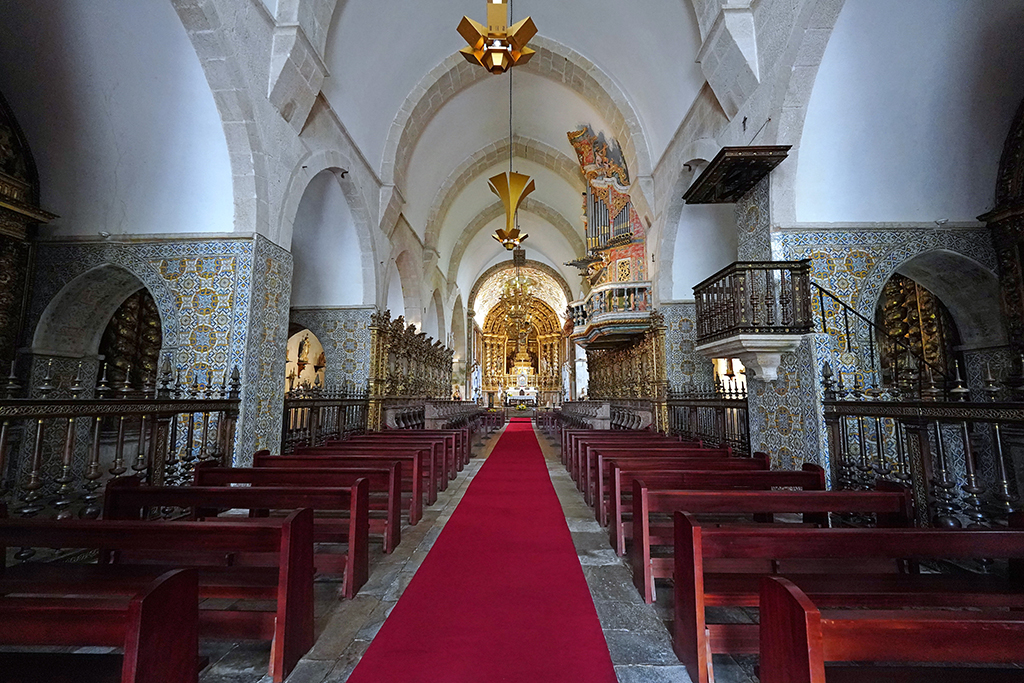
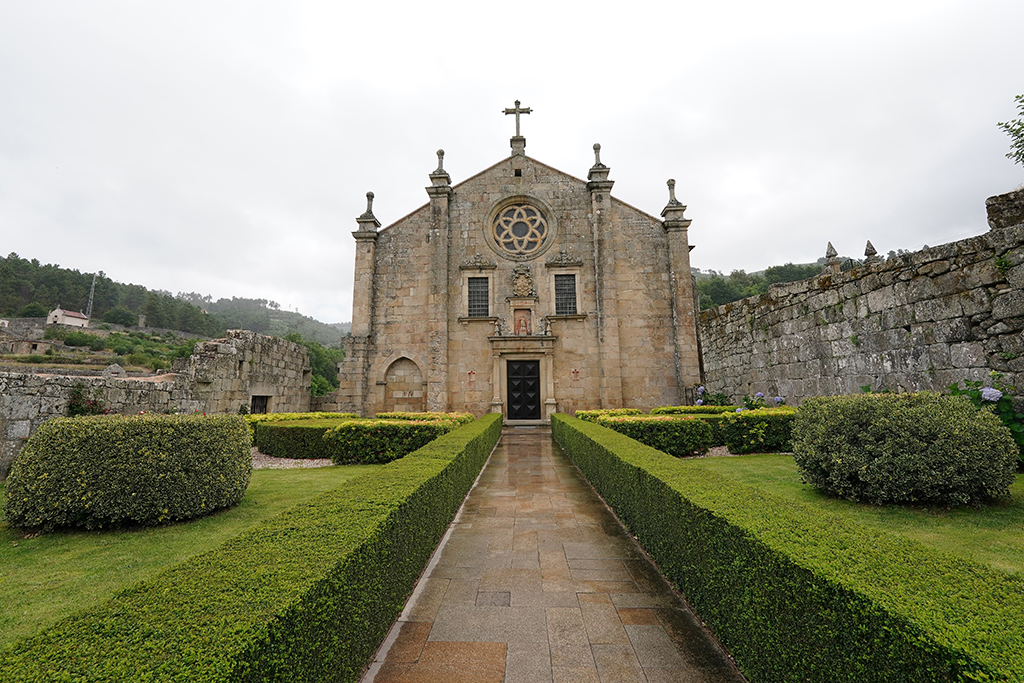
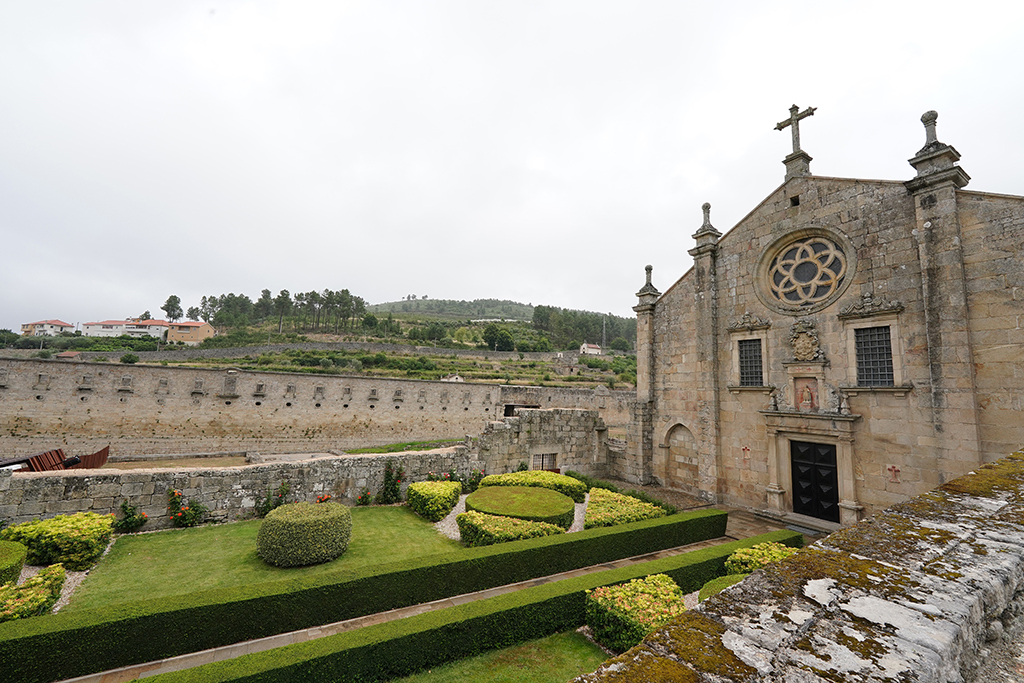
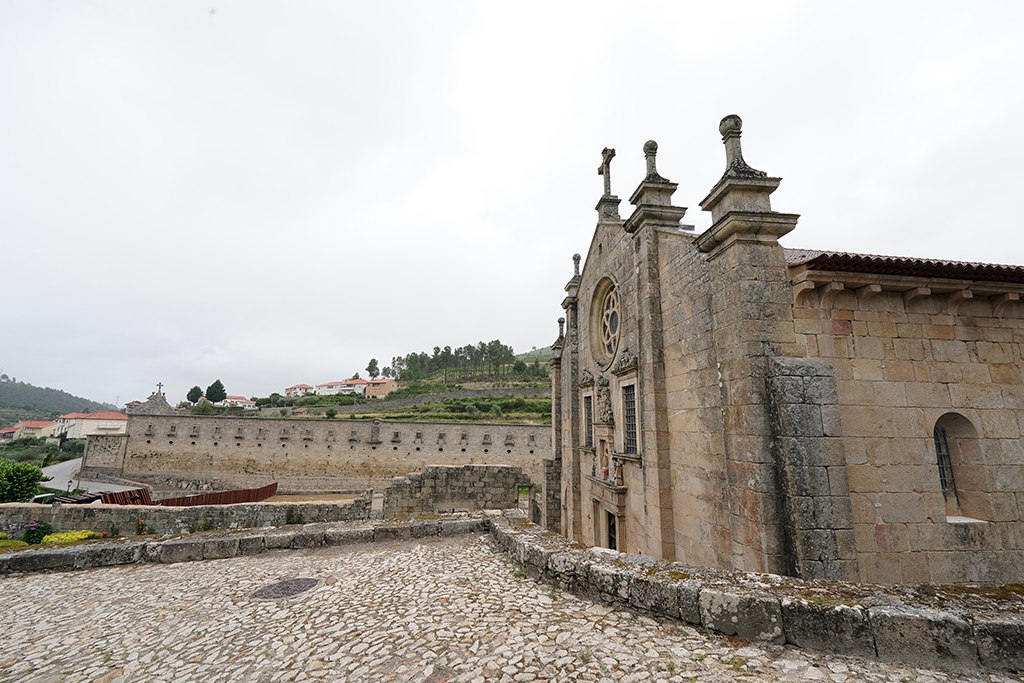
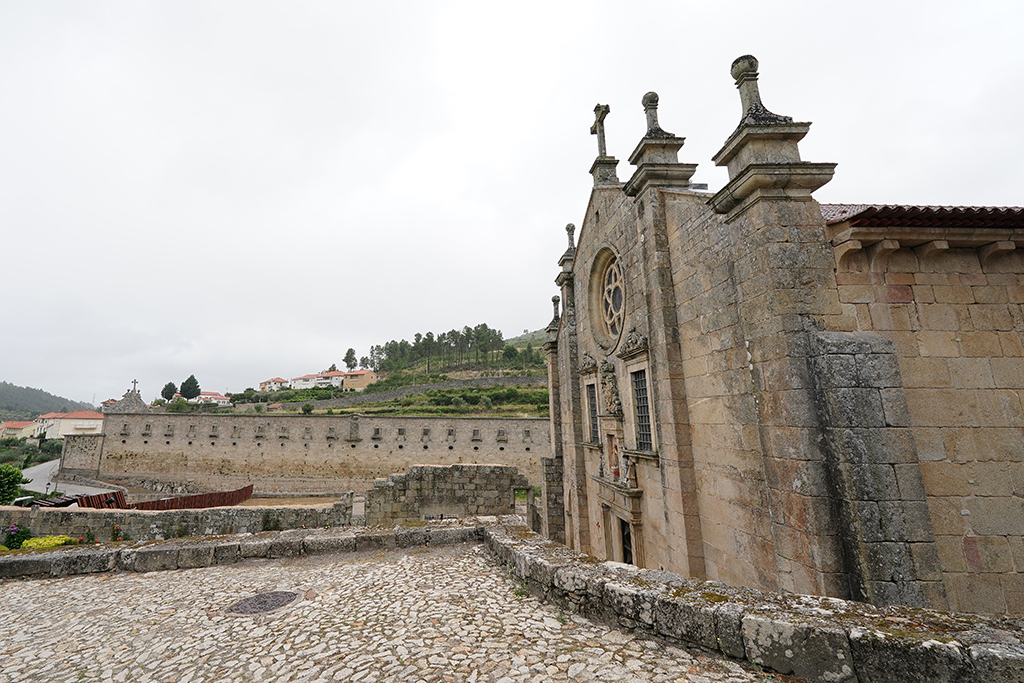
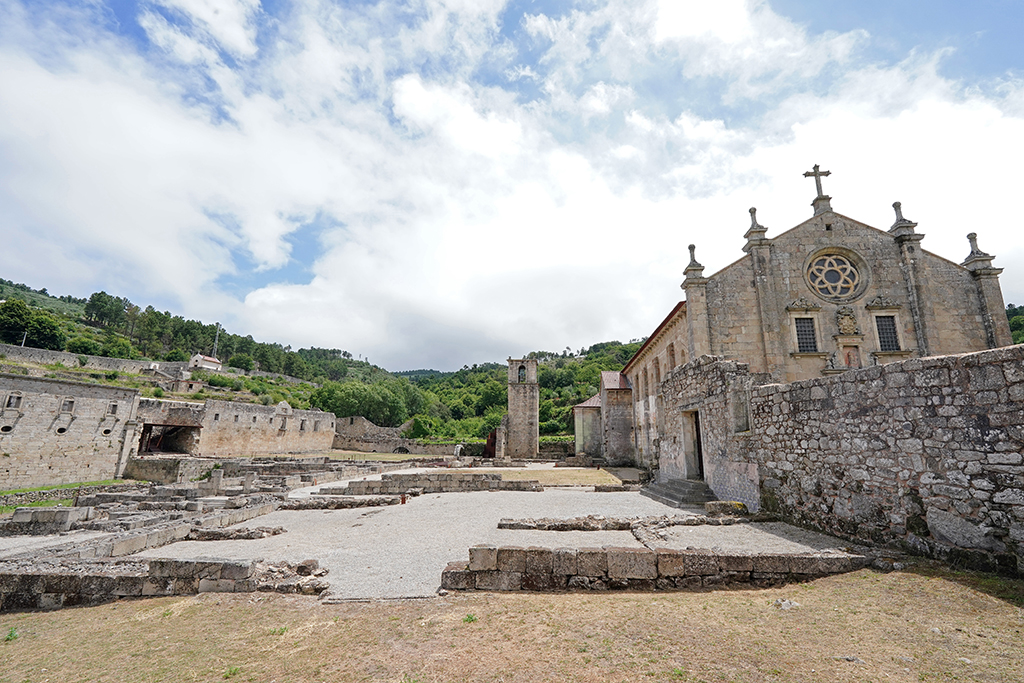
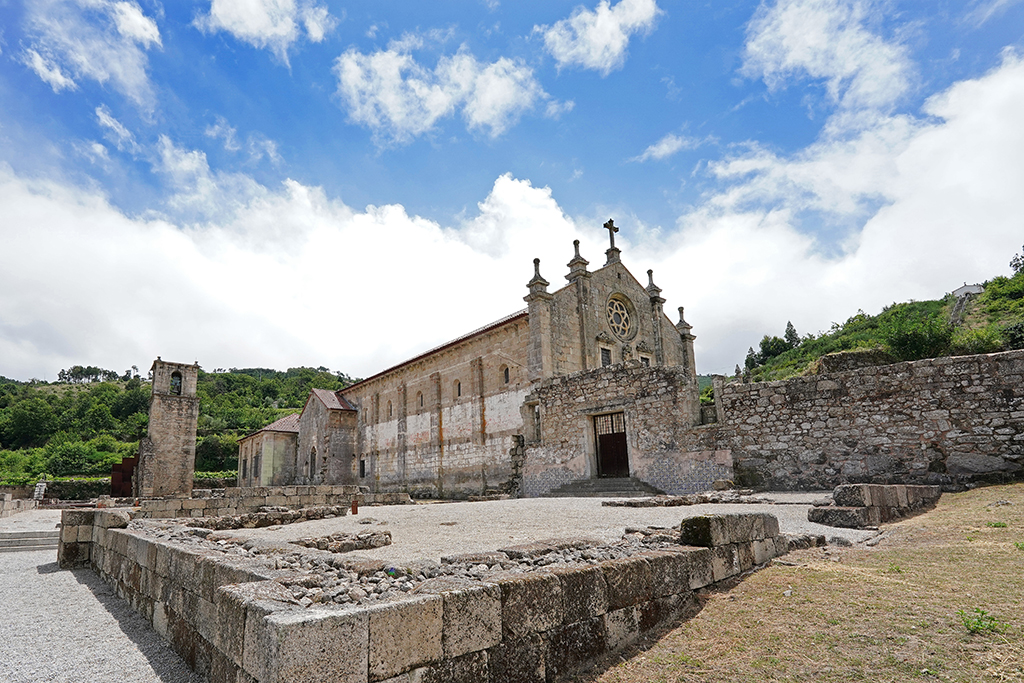
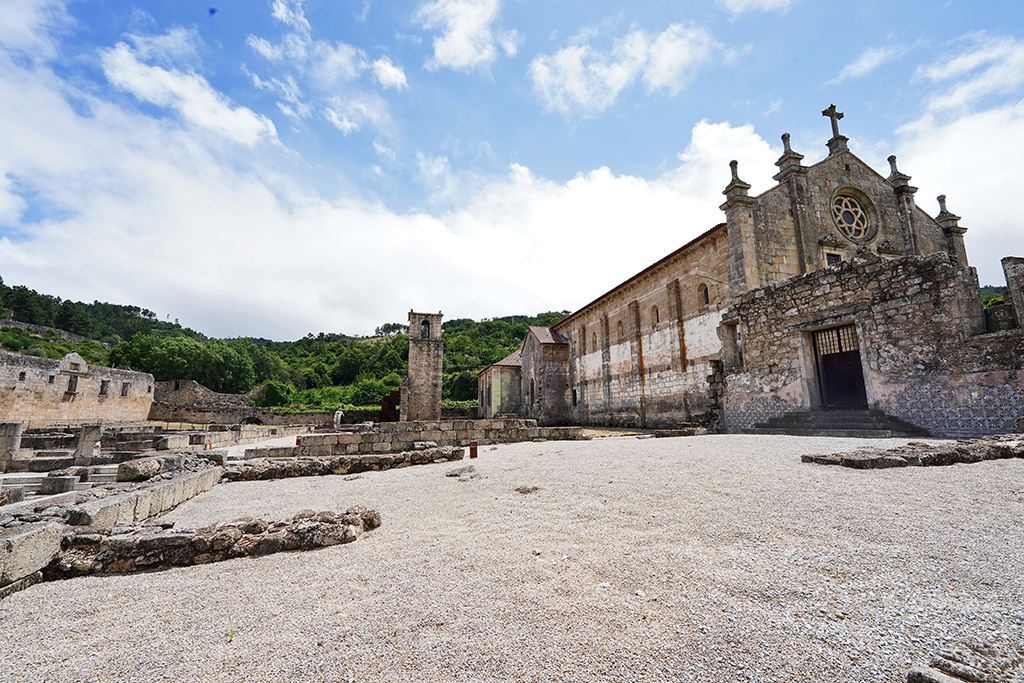
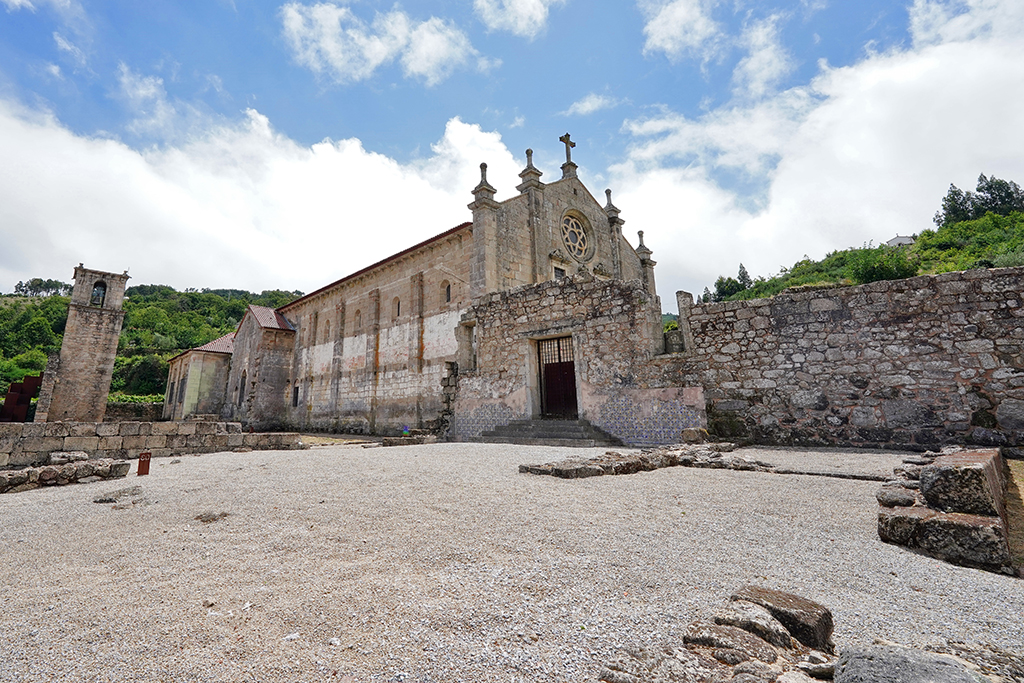
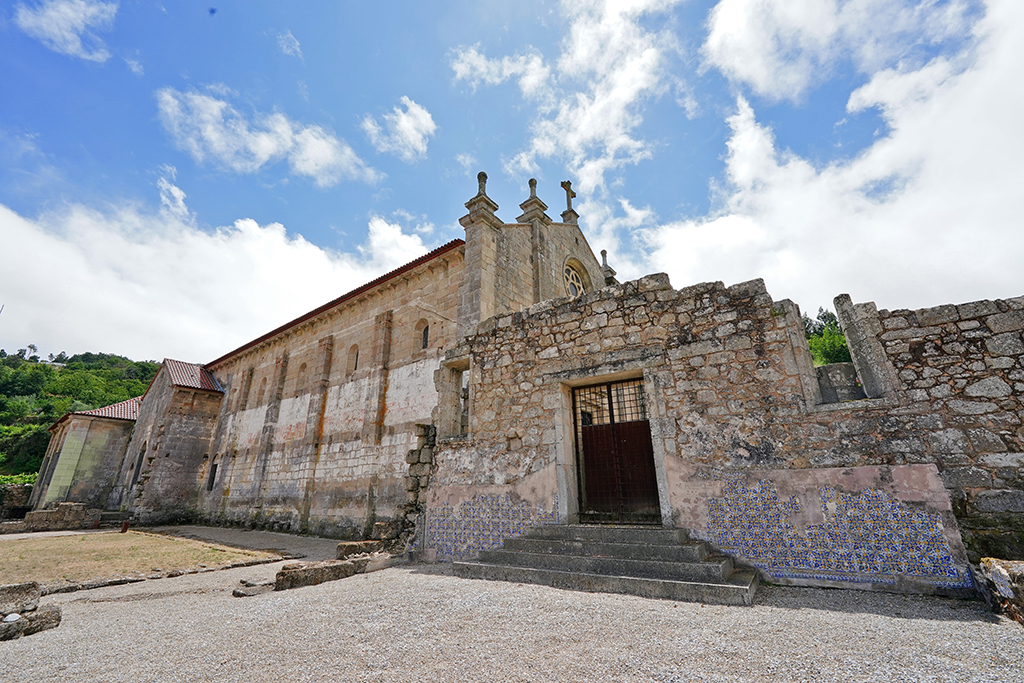
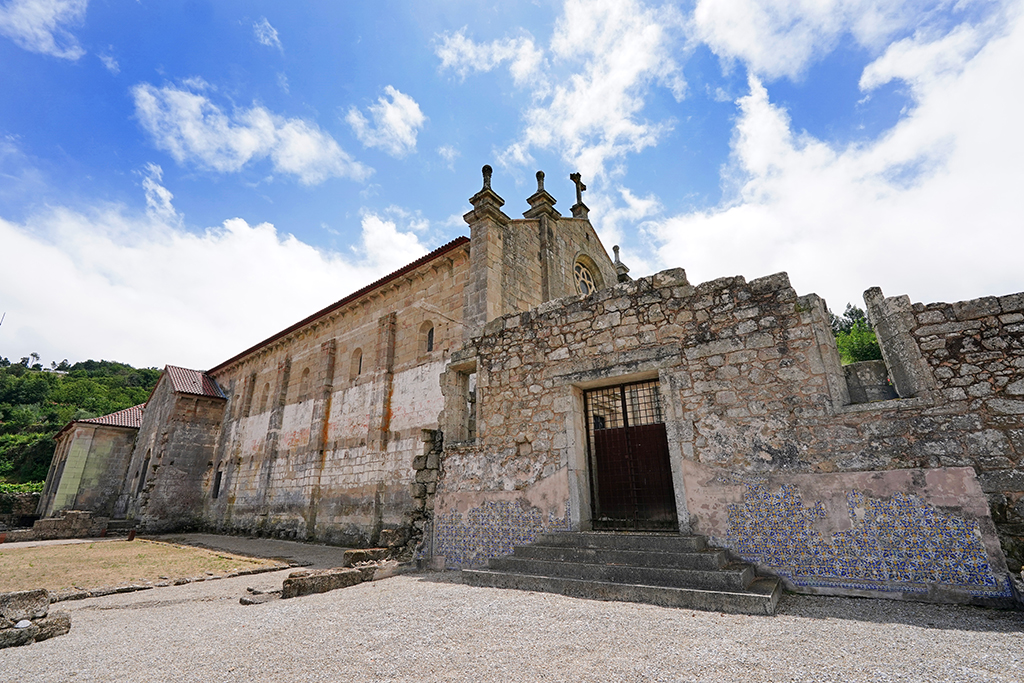
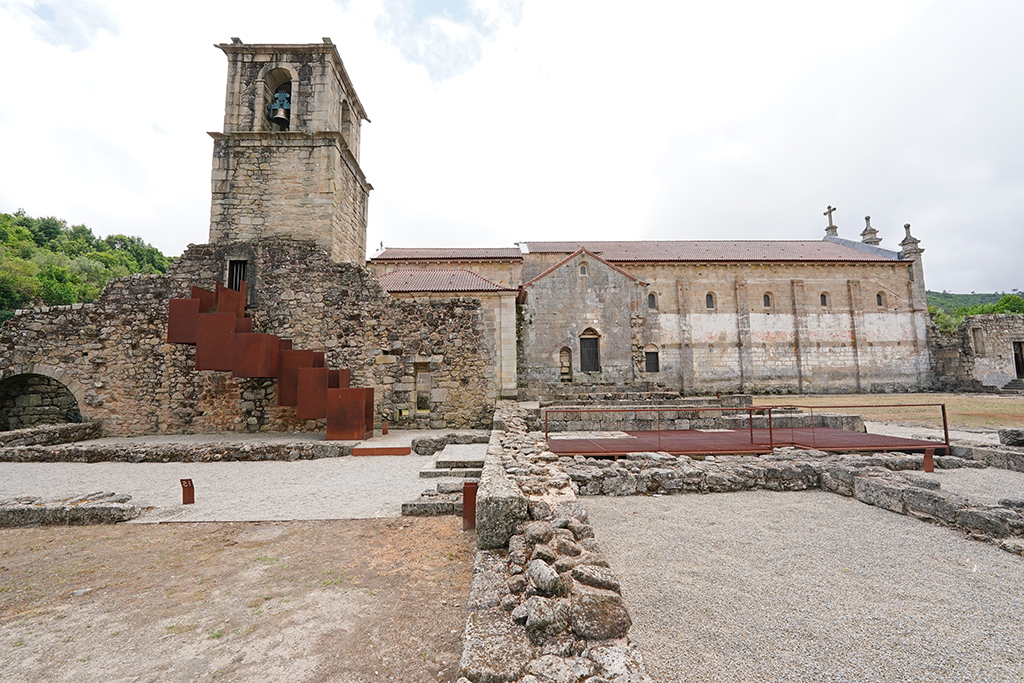
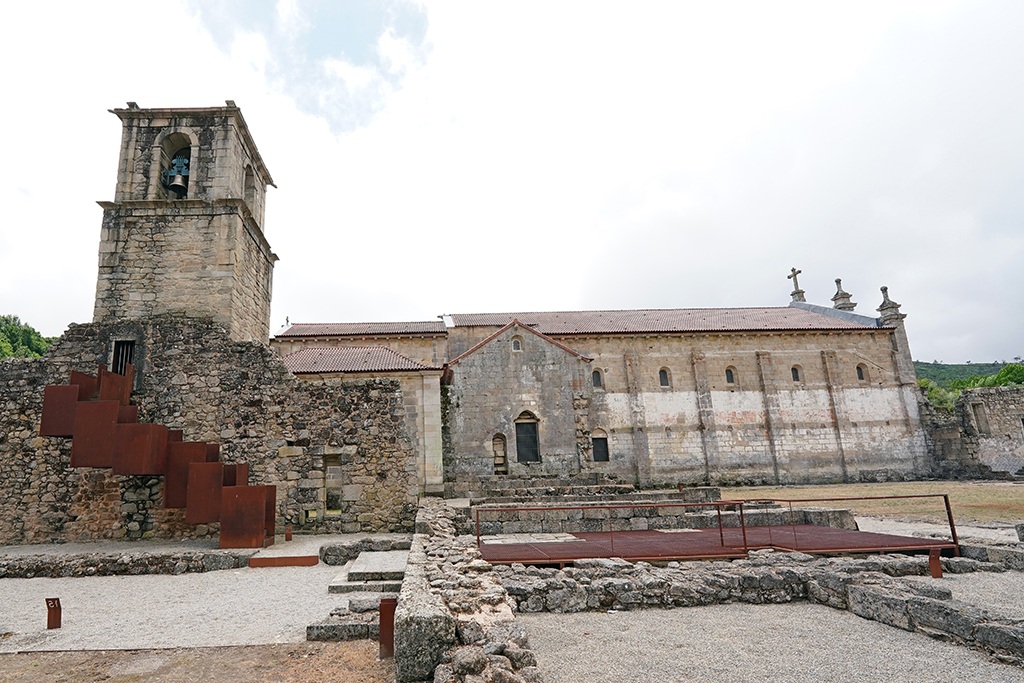
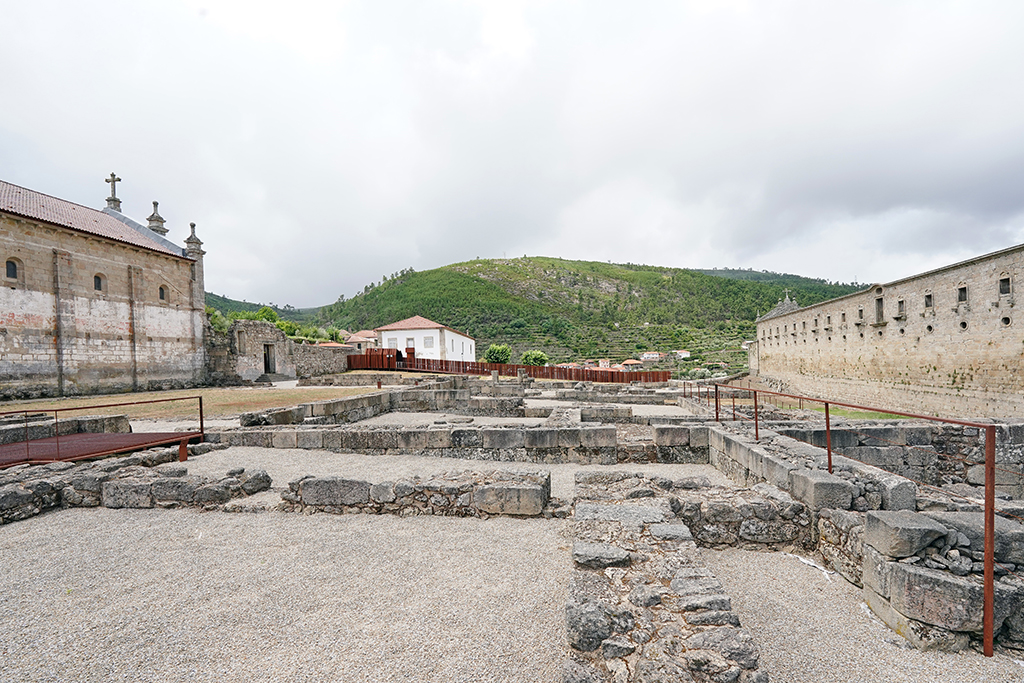

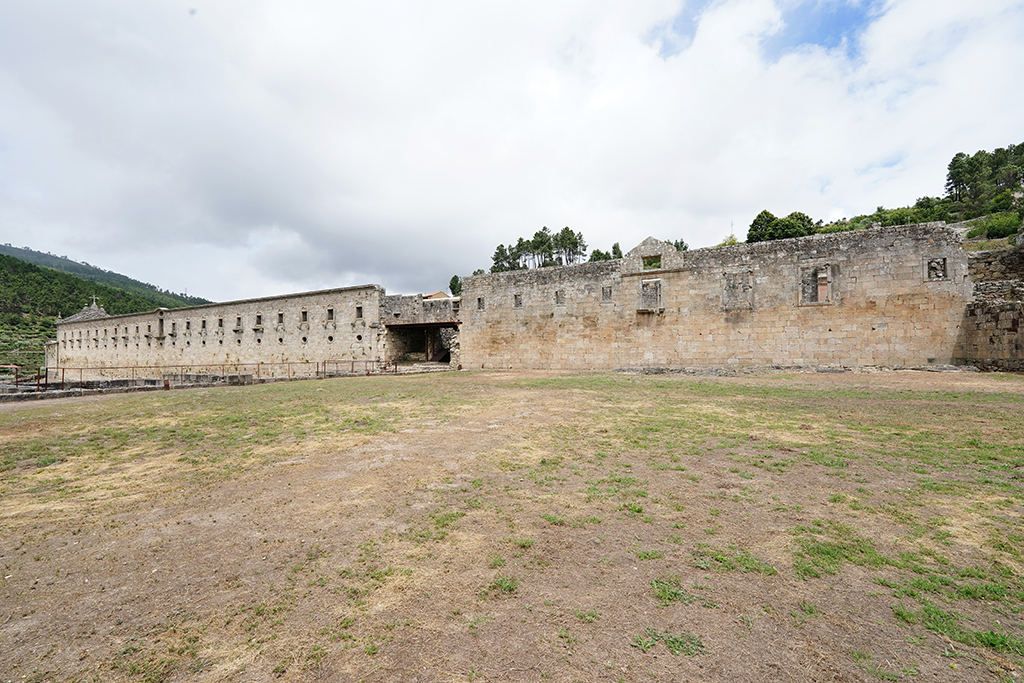
We visited this lovely church on a shore excursion while traveling on the Douro River in a Viking riverboat. The church is filled with precious antiquities made of wood, stone, and tile. It was my favorite place in northern Portugal and less like a tour but more if an experience.